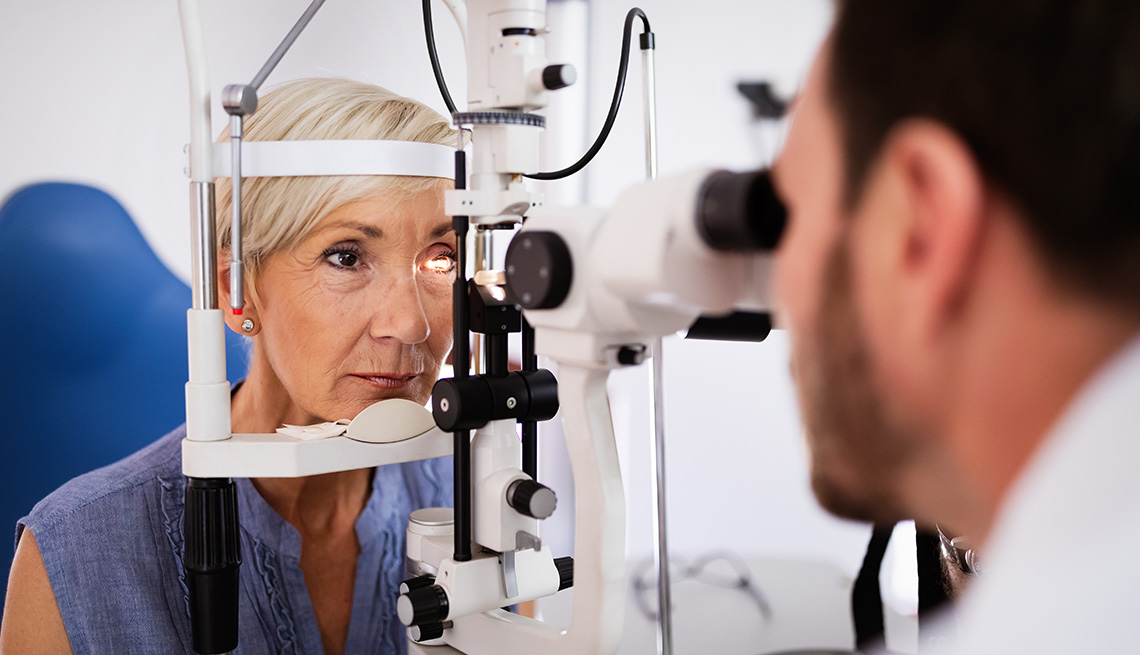Play all audios:
CATARACTS Cataracts are the most common eye disease in the United States, afflicting more than 25 million Americans; by age 80, most people either have cataracts or have had surgery to
correct them. Cataracts develop when eye proteins break down and clump together, forming a cloudy area on the lens — much like fog on a window. They blur and dull vision, making reading,
driving and other activities more difficult. They are the leading cause of blindness worldwide, but are less likely to cause blindness in this country, thanks to highly successful treatments
and relatively easy access to them. “It’s almost completely reversible,” says Brinks, who calls it “a success story of medicine.” OTHER DISORDERS Two other major causes of vision impairment
— amblyopia (aka “lazy eye”) and strabismus, an imbalance in eye positioning — develop during infancy or childhood. Common “refractive errors” like nearsightedness, farsightedness and
astigmatism (distorted vision at all distances) also impair vision, especially as we age, and can be a major problem for those without access to eye care. “Just basic refractive error is a
public health concern in this country,” says Jeff Todd, president and CEO of Prevent Blindness, an eye health and safety organization. PREVENTION AND TREATMENT Not all vision loss can be
prevented, and some diseases are hard to treat. But regular eye exams can protect eye health, Todd says, allowing for critical early intervention if problems arise. Wearing protective
glasses and taking other safety precautions also protect vision. And regular exercise, a healthy diet and quality sleep are also essential. “Taking care of your body is taking care of your
eyes,” Todd says. Brinks and Todd also recommend “screen timeouts,” especially as we log more time on computers during the pandemic. They cite the “20-20-20” rule: Every 20 minutes, look at
least 20 feet away from your computer screen for at least 20 seconds. “It’s good to get out and about and let your eyes rest along with the rest of your body,” Todd says. On a more systemic
level, we can advocate to improve and advance access to health care and for more support for telehealth and vision health research. “If you’re lucky enough to live old enough, you’re going
to experience changes in your vision,” Todd says. “That doesn’t mean there’s nothing that can be done about it.”

